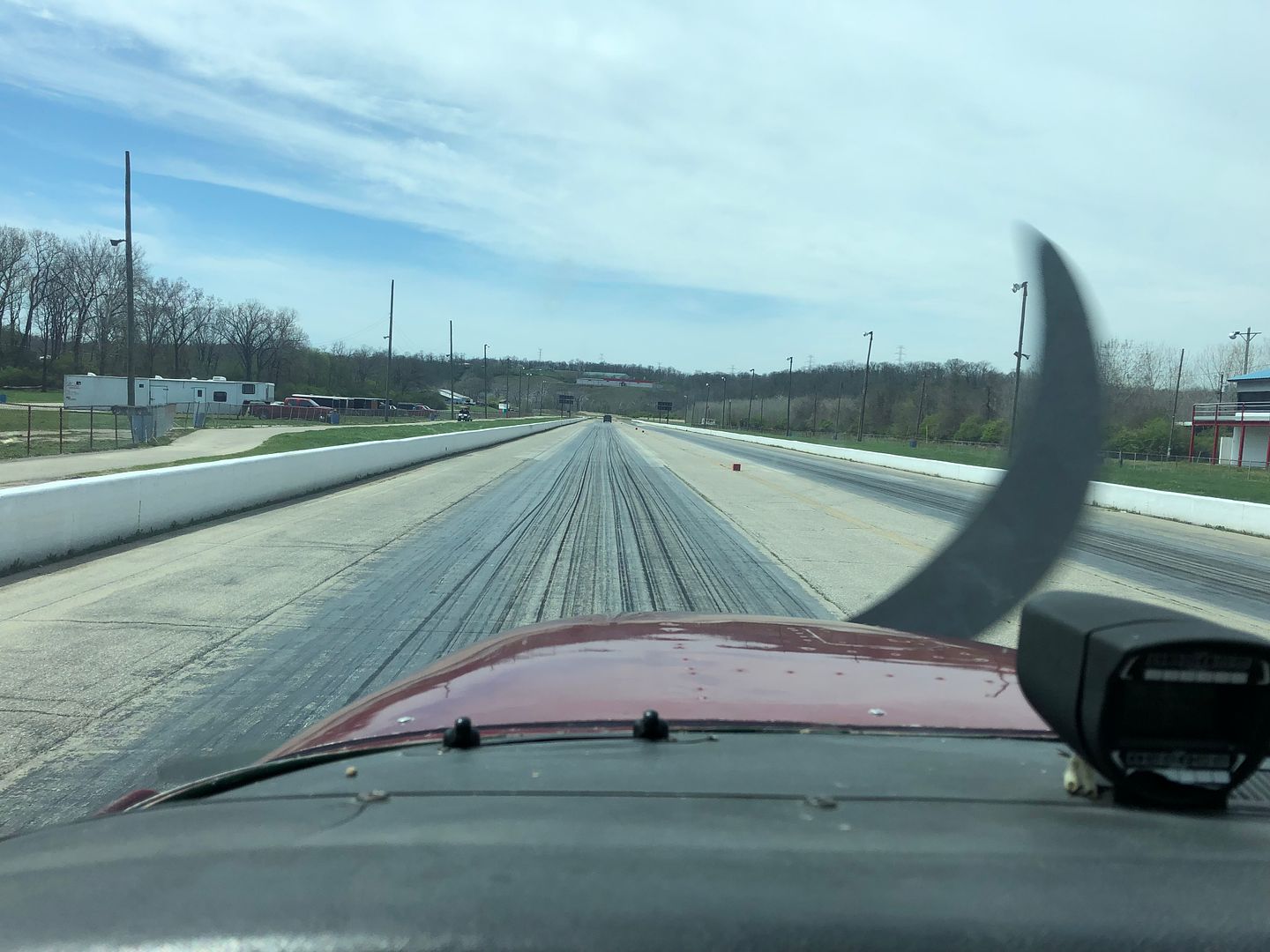C
CorrosionConcern
Guest
Posting this here to avoid being a lesson learned for the future.
I know this might be a bit of a stretch and most of what I’ve read online likely isn’t factual, but is there any concern of corrosion by taxiing the airplane to the fuel pit and then taxiing back to the hangar without flying? I’m wondering if this would be considered a ground run, which I absolutely try to avoid. I should say that I have plans to fly later in the day, but not right after fueling.
Are there any corrosion concerns by starting the airplane, taxiing, fueling and then taxiing right back to the hangar and putting the airplane away? Should I wait to fuel until right before my flight?
I know this might be a bit of a stretch and most of what I’ve read online likely isn’t factual, but is there any concern of corrosion by taxiing the airplane to the fuel pit and then taxiing back to the hangar without flying? I’m wondering if this would be considered a ground run, which I absolutely try to avoid. I should say that I have plans to fly later in the day, but not right after fueling.
Are there any corrosion concerns by starting the airplane, taxiing, fueling and then taxiing right back to the hangar and putting the airplane away? Should I wait to fuel until right before my flight?





